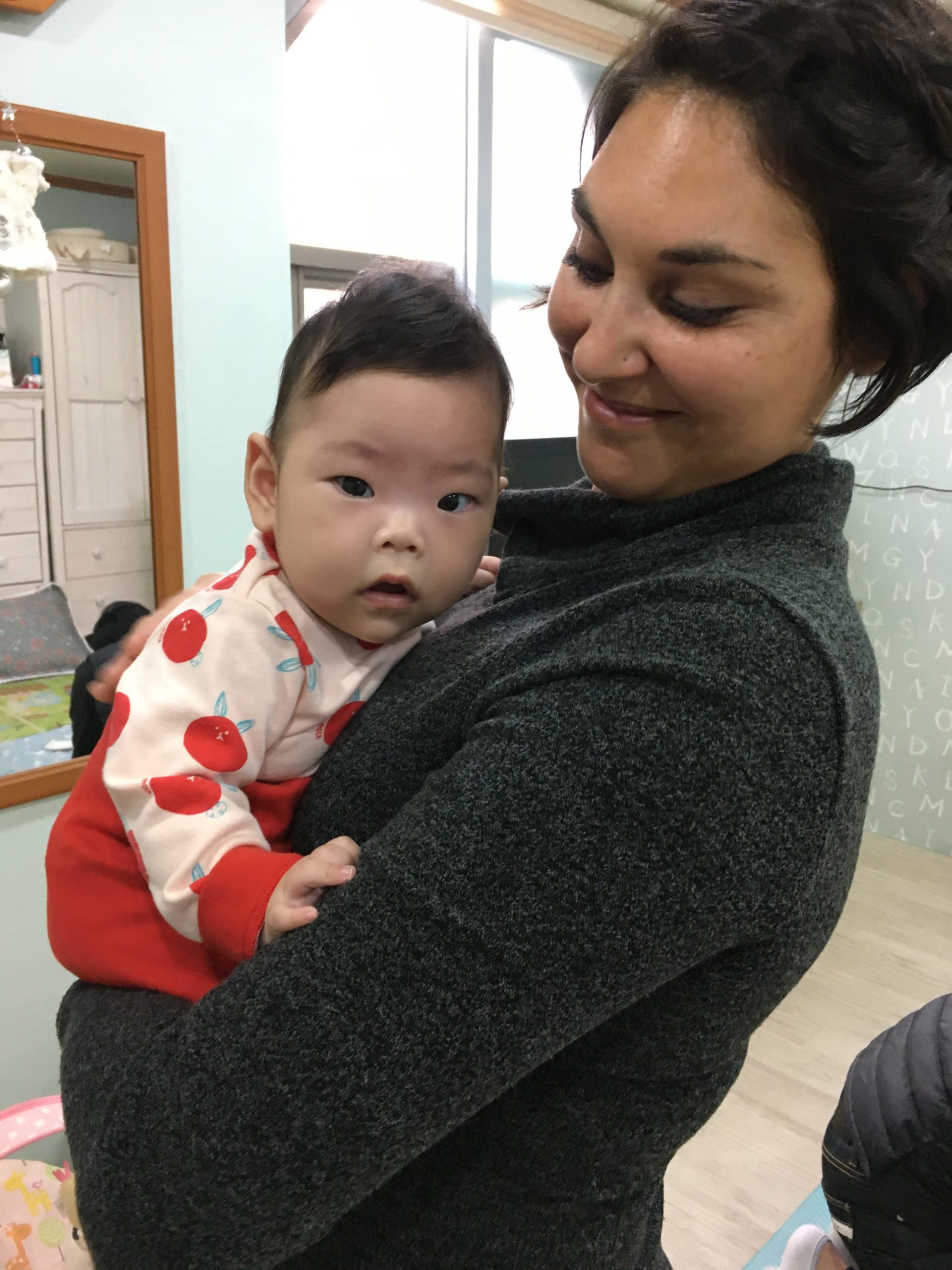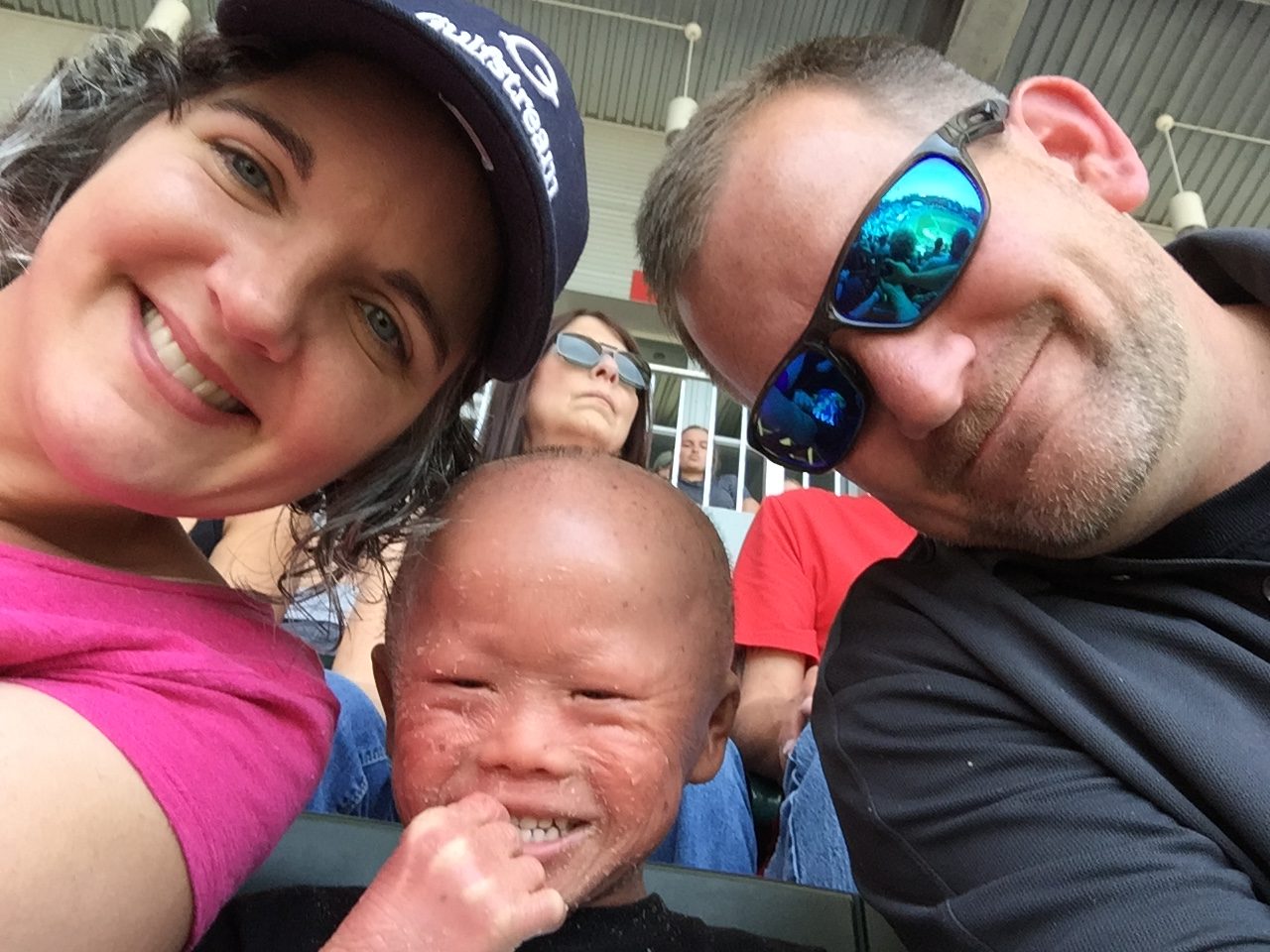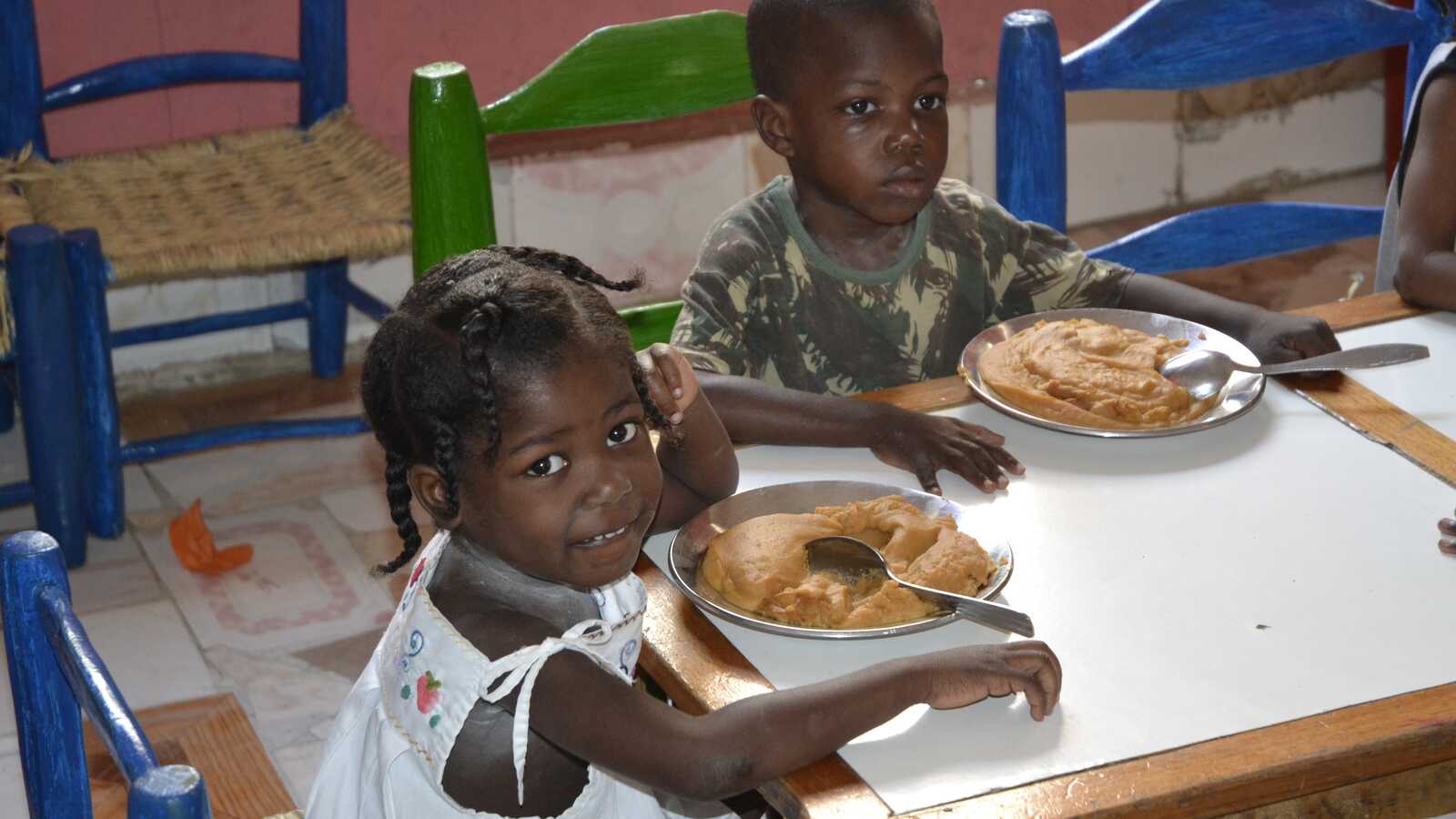Over one-third of child deaths in Haiti are due to malnutrition. But malnutrition is not a simple problem.
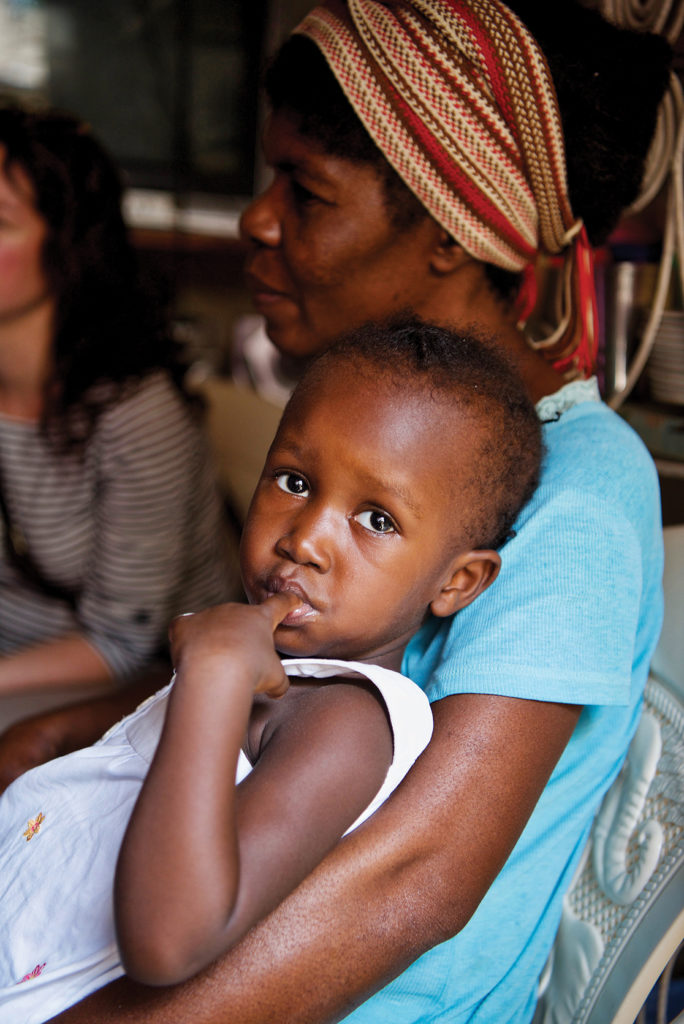
Dayana couldn’t afford milk. Sometimes, instead, she would make a juice out of carrots and porridge for her daughter, Quyana.
Undernourished herself, Widline barely had any breastmilk to feed her newborn son, Bernardo. She tried to nurse, but after a month, he just stopped feeding.
When Johnise’s daughter, Archelle, stopped taking breastmilk, she tried formula. But Archelle had little appetite, and Johnise felt helpless as she watched her daughter grow sicker and sicker. Her belly started to protrude and her hair turned orange from malnutrition.
Stephanie’s youngest son, Steven, threw up every time he ate. After a while, her neighbors suggested she start praying. “Maybe it’s Voodoo,” some of them said. But Stephanie knew better.
“In my heart, I knew that he was malnourished,” she says. “I didn’t have enough to feed him.”
This is a common refrain among women and children facing food insecurity in Haiti — and one that highlights the complexity of this widespread and devastating issue. Over and over, from mom after mom, we hear a similar story. They can’t afford enough food for themselves or their child. Their hungry child loses their appetite — then stops eating altogether.
“In my heart, I knew he was malnourished.”
Stephanie, mother of a child receiving sponsor-supported care
Haiti is the poorest country in the Western Hemisphere. Over one-third of child deaths in Haiti are due to undernutrition, and roughly half of Haiti’s population is undernourished. Although historically a lush agricultural country that provided ample food for its people, generation after generation of colonial and authoritarian leaders have exploited and mismanaged Haiti’s resources — depleting its soil, and causing rampant deforestation that has worsened the impact of the hurricanes and other natural disasters to which this island nation is already prone. In turn, these disasters have devastated the country’s farmland, as well as the infrastructure needed to store and transport food. After three years of severe drought, Hurricane Matthew hit in 2016 — causing Haiti to lose, in some areas, up to 90 percent of both its livestock and its crops.
And yet, Haiti is not without food. The problem is, much of Haiti’s food is still imported. And people can’t afford to buy it.
“In a country where people have less than $1 per day, when someone finds something to eat, it’s rarely as good as a balanced food ratio,” explains Beverly Sanon, Holt’s program leader in Haiti.
Meat and milk are luxuries, and mostly imported. Half of all fish on this island nation is also imported, and very expensive even for middle-income families. So what do people eat? Mostly cheap, starchy foods like rice that’s also imported from the U.S. As a result, thousands of people suffer from vitamin and mineral deficiencies.
Among children, these deficiencies can be particularly destructive.
According to a 2017 study from the Institut Haitien de l’Enfance in Haiti, one-third of preschool-age children are deficient in Vitamin A — the vitamin critical to developing and protecting eyesight. With such limited consumption of meat and other iron-rich foods, 66 percent of children between the ages of 6 months and 5 years are anemic, as are nearly half of all women between the ages of 15 and 49 — many of them at peak childbearing age. A pernicious condition, anemia can stunt a child’s development in every way — affecting their ability to fight infection, as well as their ability to learn and to think.
So, what can Holt sponsors and donors do?
The redevelopment of Haiti’s agricultural industry, and overall infrastructure, is an issue much larger than any one aid organization can address. But for the hundreds of women and children in Holt’s programs in Haiti — for Dayana and Quyana, Widline and Bernardo, Johnise and Archelle, Stephanie and Steven — the solution, it seems, should be simple. Give them meat. Give them milk. Give them fresh fruit and vegetables, and supplemental vitamins. Equip them with tools and skills to earn a stable income and be able to afford more and better foods. These are all things that sponsors and donors do when they give to help women and children in Haiti.

But as our staff in Haiti explain, malnutrition is not a simple problem with a single, simple solution. Like poverty itself, malnutrition is a vicious cycle.
“A malnourished child, whose resistance to illness is compromised, falls ill, and malnourishment worsens,” our staff explains. “Children who enter this malnutrition-infection cycle can quickly fall into a potentially fatal spiral as one condition feeds off the other.”
“A malnourished child, whose resistance to illness is compromised, falls ill, and malnourishment worsens. Children who enter this malnutrition-infection cycle can quickly fall into a potentially fatal spiral as one condition feeds off the other.”
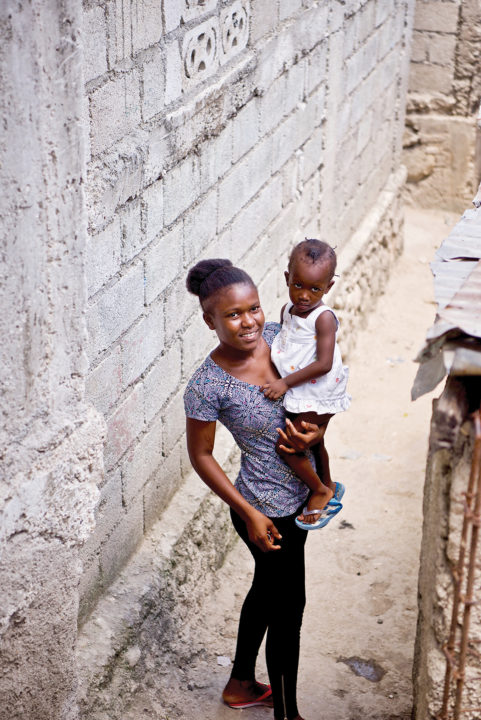
For children in our single mother’s empowerment program, as well as hundreds of children living in orphanages or with their families, Holt’s staff in Haiti uses your generous donations to address not just their immediate nutritional needs, but the underlying causes of malnutrition as well. Led by Beverly and program manager Dr. James Vilus, our staff is working to improve children’s overall living environment — including better sanitation and hygiene, improved caregiving practices, and greater access to health services and clean water. While better nutrition strengthens children’s immune systems, these vital measures further safeguard them from getting sick — and falling into the dangerous malnutrition-infection cycle.
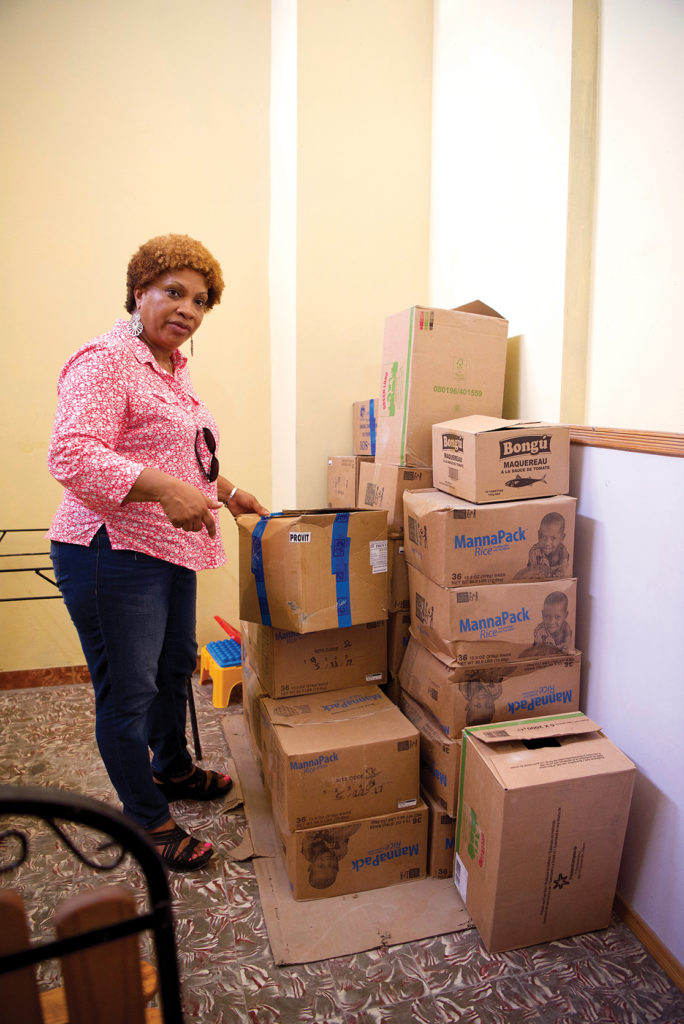
If Holt sponsors and donors and Holt’s staff in Haiti had not stepped in to help, this cycle would have likely played out for Quyana, for Bernardo, for Archelle and for Steven.
But because of sponsors and donors, every one of these children is now stronger and healthier, and so are their moms.
“It was really, really bad,” Steven’s mom, Stephanie, shared with us. “But once I started the program, I started giving him the vitamins, the milk, the protein, the porridge. He started playing a little bit, he started being active, and now he’s fully growing … Compared to what he was before, he’s a different child.”
“Compared to what he was before, he’s a different child.”
Stephanie

When Beverly first saw Archelle two years ago, she knew they had a long road ahead.
“When a child is malnourished, it’s very hard to get them to eat. At a certain point, they aren’t hungry anymore. So it takes a lot of work to get their appetite back,” Beverly says.
Tiny and lethargic, with a big distended belly, Archelle couldn’t even speak. At 18 months, she had no words.
Today, Archelle is an active, energetic 3-year-old girl who loves to play hopscotch. She confidently speaks her mind and excels in school.
Her mom, Johnise, can’t thank you enough.
“You have made a very big change in my life and in the life of Archelle,” she says. “I know it’s not because you have too much money, but it’s because you have a good heart and the will to help other people. Whatever you do will never be lost. I thank you, I thank you, I thank you.”
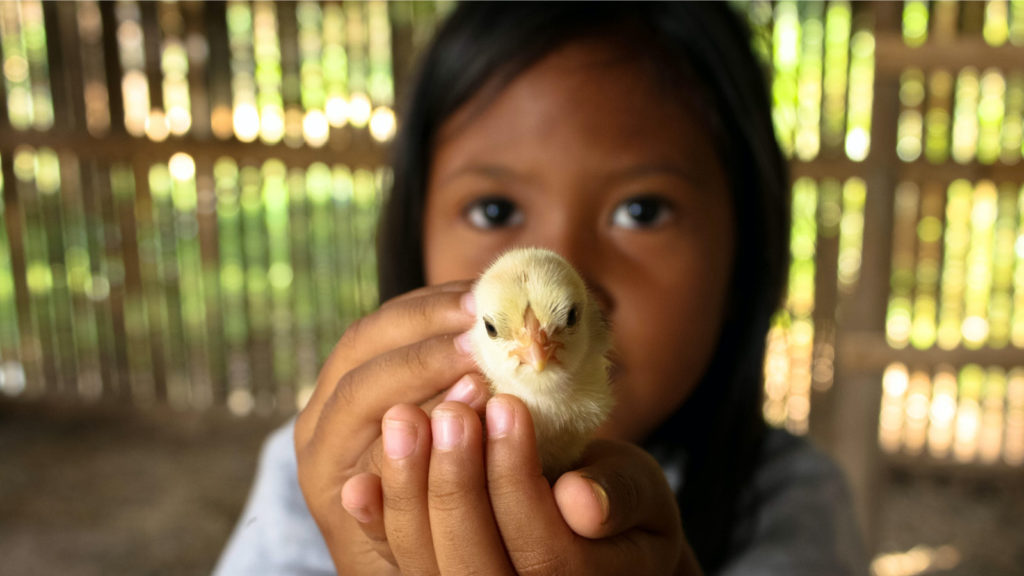
Give a Gift of Hope
Give a lifesaving or life-changing tangible gift to a child or family in need. And this holiday season, give in honor of a loved one and they’ll receive a free card!
